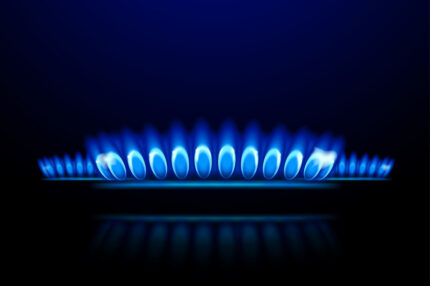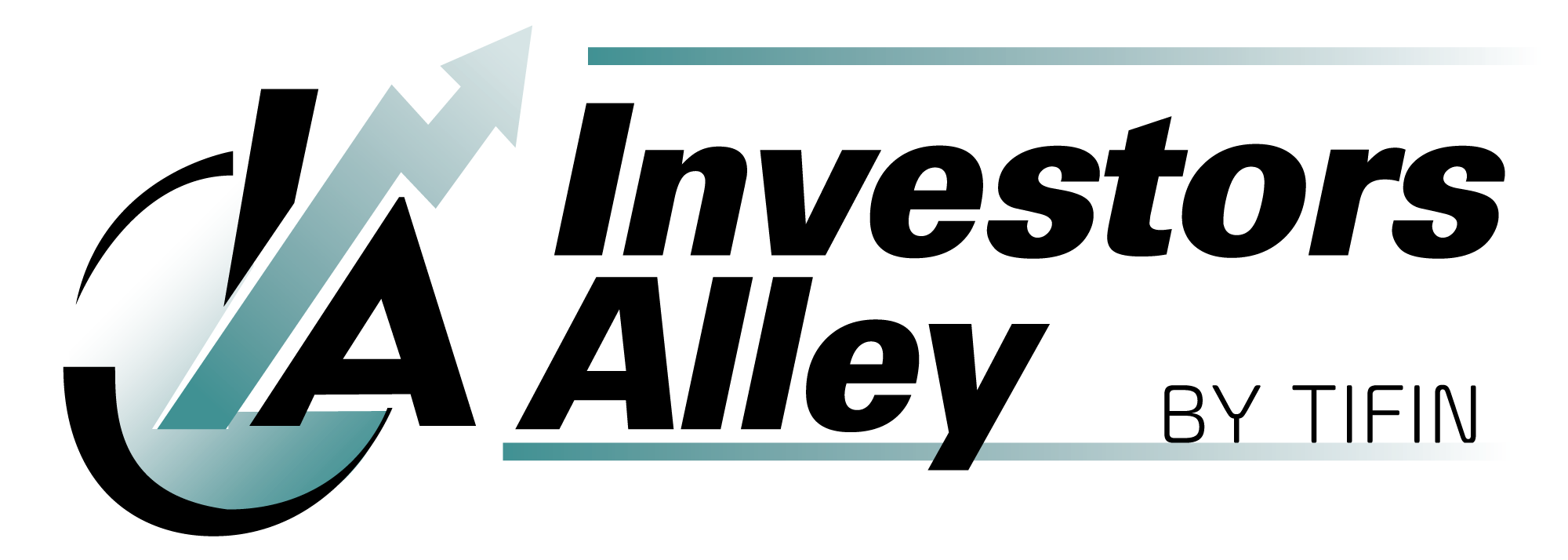In recent years, the epicenter of demand for liquefied natural gas (LNG) has been Asia. The world’s three largest buyers of liquified natural gas are located there: China, Japan, and South Korea.
China’s imports of LNG alone are expected to increase by 8.0 to 8.5 million tons year-on-year in 2022, accounting for about 45% of Asia’s LNG imports growth.

However, the Russian invasion of Ukraine and the resulting soaring prices for LNG have tempered demand there. The energy consultancy Wood Mackenzie expects Asian LNG demand growth to slow to 2% year-on-year in 2022, from an 8% pace in 2021.
But the war and the reduction of energy exports from Russia has turned Europe into a rather desperate buyer of LNG. Valery Chow of Wood Mackenzie told Reuters “In contrast [to Asia], European LNG demand is expected to spike up by at least 20% in 2022, reflecting reduced Russian pipeline flows and the need to replenish depleted European gas storage levels.”
Prices for both natural gas and electricity have hit all-time highs in Europe, which led the European Union to roll out plans to cut dependency on Russian gas by two-thirds this year, and to end its reliance on Russian supplies of the fuel by the end of the decade.
Europe’s largest economy, Germany, vowed to all but wean itself off Russian gas by mid-2024. And it’s easy to see why.
The latest problem involves Russia now demanding payment for its gas in rubles. So, Germany and Austria have put plans in place to possibly to ration supplies of natural gas if supply is cut off.
Europe, which relies on Russia for 45% of its gas supplies—155 billion cubic meters—will need LNG from a number of sources, including the United States.
And indeed, the U.S. is finalizing a plan to supply the EU with up to an additional 15 billion cubic meters (cm) of liquefied natural gas by the end of 2022. This number could rise to 50 billion cubic meters within a few years.
In 2021, the U.S. supplied Europe with nearly 22 billion cubic meters of LNG according to EU data; so far in 2022, it has shipped 10 billion cm to Europe.
However, Europe has a weakness…a lack of LNG infrastructure. And therein lies a money-making opportunity for investors.
Europe and LNG
Europe does have the infrastructure to regasify 170 billion cubic meters of LNG. However, most spare capacity is on the Iberian peninsula (Spain and Portugal).
And guess what? There are not enough pipelines from the Iberian Peninsula to move LNG supplies further north into the heart of Europe. To build the pipeline infrastructure will take at least several years—plus, land-based LNG import terminals take at least five years to build and are costly.
So, what is the solution for Europe?
It needs to secure certain specialized ships that will offer the quickest way to import LNG supplies.
Since Russia invaded Ukraine last month, Germany, Italy, France, and the Netherlands have announced plans to secure floating storage and regasification units (FSRUs)—docked LNG tankers with heat exchangers that use seawater to turn the supercool fuel back into gas.
Even this is not a quick fix for Europe, as FSRUs can still take a year or so to set up.
The global supply chain crunch threatens further delays.
Here is the harsh reality: spare vessels are few and far between. Out of a global fleet of about 50 FSRUs, estimates are that only five ships are available; three more could be released from contracts this year.
However, not all of these FSRUs are suitable for northern Europe because water temperatures below 10C (50F) is too cold for the heat exchange system used on some ships.
And even if Europeans manage to charter a ship, it will cost a pretty penny. Charter rates for FSRUs have increased by at least 50%, to between $150,000 and $180,000 per day since the outbreak of the war. The consultancy Rystad Energy estimates it now costs from $40 million to $60 million per year to charter an FSRU.
Why so few FSRUs? Until the sudden recent surge in demand, the FSRU market had suffered from overcapacity. It hadn’t made sense to build a new FSRU in a long time. Now more FSRUs will be built, but construction backlogs mean it could take until 2027 to deliver a new ship.
That translates to a goldmine to the companies that do own some of the 33 FSRUs in service now, as well as assets/infrastructure involved with LNG.
Golar LNG
One company involved with FSRUs is Golar LNG (GLNG). It has more than 50 years of experience developing marine LNG infrastructure, including FLNG (floating liquified natural gas) facilities. On its website, the company boasts: “As one of the industry’s most innovative developers of floating terminals, Golar has produced more LNG from a floating facility than any other operator.”
Golar already owns a FLNG vessel, FLNG Hilli, that is in operation. A similar vessel (FLNG Gimi) is under construction—it’s about 80% completed. And it does own a FSRU vessel, Golar Tundra, as well. Finally, there is the Golar Arctic, an LNGC—a vessel used to transport liquefied petroleum gas (LPG).
Golar also owns a nearly 9% stake in another owner of FSRUs and other LNG assets, New Fortress Energy (NFE), and a 23.6% stake in Awilco LNG. Awilco provides small-scale LNG to off-grid industries, for power generation, and through the marine bunkering and truck refueling markets. Finally, it has a 31.3% ownership in CoolCo, which is a LNG carrier, with 8 vessels.
Golar’s stock has more doubled over the past year, with 82% of that gain occurring this year. The stock is a buy on any weakness, anywhere in the $21 to $29 range.






